2022: a year in motor racing
While doom-mongers paint a bleak picture for the future of motor sport, competition on four wheels remains a broad brush that continues to provide thrills and spills around the world. In case you missed any of the action in 2022, Damien Smith gives a round-up of the myriad codes away from Formula 1, including F2, F3, WEC, WRC, BTCC, Extreme E, Formula E, Aussie Supercars and the American s
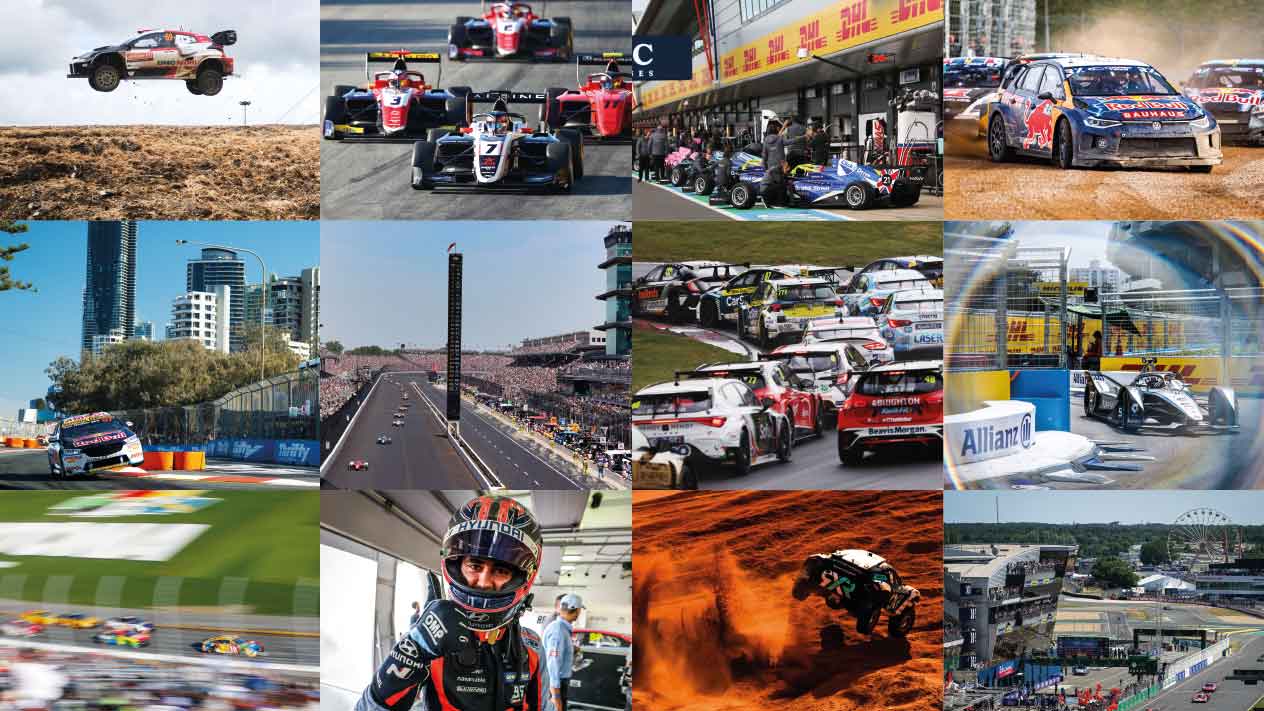
Getty Images, Alastair Staley, Michael Jurtin, Dom Romney
Some delicious irony for you. A few weeks ago I was on my way to a Porsche Formula E Gen3 launch to find out more about a new racing car built on the premise of chasing an alternative route to sustain the ‘filthy’ sport we all love. Now here I was, stationary on the M25, because a group of Just Stop Oil protesters had clambered up on the motorway gantries. Despite what I do for a living, I sat their sympathising with their cause – yes, I’m as much of a self-confessed tortured hypocrite as Sebastian Vettel on climate change – even if I disagreed with their tactics. Especially as they were stopping me from learning about a small part of a possible solution to their cause. Hell, they nearly made me miss my flight.
That’s the irony right there. The launch was in Italy. I should have saved the carbon and just tuned in to a live stream rather than head over for one night, then fly all the way home again. Gawd. What a pickle we’ve got ourselves in. There’s seemingly more motor sport around the world than ever, despite everything, and yet no matter how hard we try to justify it and take responsibility for our actions it’s just getting harder.
Our cosy bubble will pop one day. But not yet. Instead, we continue to “go around in circles” as Vettel put it after stepping from his Aston Martin in Abu Dhabi, having pulled a load of crowd-pleasing smoky donuts… Yet there is a pattern emerging from the patchwork morass of global series competing for our attention, outside the blinding spotlight hogged by Formula 1. Those that are embracing sustainability – or let’s face it, at least claim to be – look healthier in complexion. Racing around the world is changing because it must, if we are to continue enjoying the smorgasbord of fabulous variety that still remains on offer.
Adapting to alternative power sources is either pulling the big car manufacturers in or at least keeping the faith of those that have stuck around. F1 has been wily in aligning itself to the wider automotive industry with its 2026 engine regulations, which is precisely why Volkswagen (through Audi, and in theory Porsche) has taken the bait. That example is echoed elsewhere on the motor sport food chain, especially for the codes that are sensibly hedging their bets and going hybrid. The World Endurance Championship, the World Rally Championship and the British Touring Car Championship are the stand-out examples of series that have gained a head start on the future in 2022.
“Those that are embracing sustainability look healthier in complexion”
In the case of the WEC, there was admittedly a sense of killing time this season before we get to the really good stuff next year, when convergence of the new-for-2023 LMDh and already existing Hypercar (LMH) class kicks in. At least this season Toyota Gazoo Racing maintained its policy of allowing its pair of GR010 Hybrids to properly race each other, while Balance of Performance gave Alpine’s grandfathered LMP1 a shot at the title. These three cars shared the overall wins between them, the Alpine even heading to the Bahrain 8 Hours finale equal on points with the No8 Toyota. That Sébastien Buemi and Brendon Hartley became the first three-time world champions at this level, joined by newbie Ryo Hirakawa, made more sense than an old LMP1 pulling off a coup.
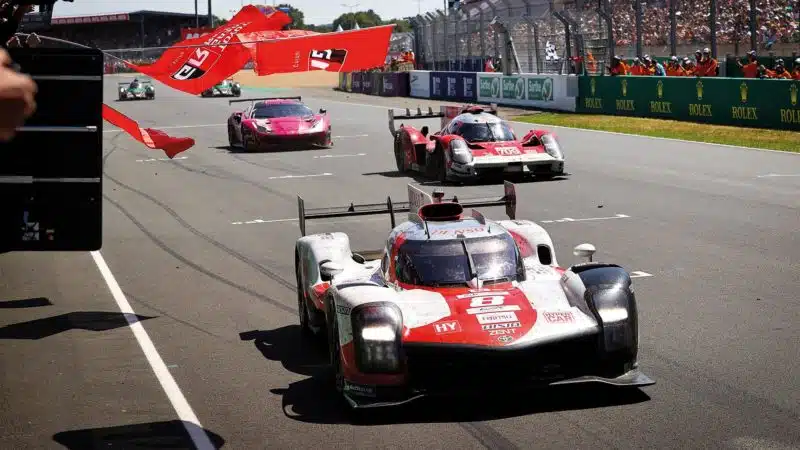
The Le Mans 24 Hours was a 1-2 for Toyota GR – with No8 raced by Sébastien Buemi, Brendon Hartley and Ryo Hirakawa leading. Next year, Toyota will have more competition
Getty Images
At the Le Mans 24 Hours, back to its traditional June slot and in front of a buzzing full house once again, the troubled Alpine didn’t get a look-in as the Toyotas dominated, No8 getting the better over Mike Conway, Kamui Kobayashi and José María López in No7. The 100th anniversary edition in 2023, featuring a returning Ferrari and Porsche plus Peugeot and Cadillac, promises to be as memorable as this year’s race… wasn’t.
Of all the forms of motor sport to get on the electrification bandwagon, it makes most sense for rallying in terms of appealing to car manufacturers and what’s happening on the public road – yet it took until this year for the WRC to do so. The Rally1 hybrid era, featuring all-new cars with much improved cockpit safety, was a leveller for Toyota, Hyundai and M-Sport Ford, while Sébastien Ogier’s decision to step away from a full-season commitment fundamentally changed the playing field for the drivers too.
Welshman Elfyn Evans had finished runner-up twice to Ogier and appeared ready to win a title. Instead, Kalle Rovanperä – 21-year-old son of 2001 Swedish Rally winner Harri Rovanperä – came of age in astonishing style. In fact his six victories and first world title clinched in New Zealand a day after his 22nd birthday not only makes him by far the youngest WRC king yet seen, but also as far as we’re concerned the star performer of the motor sport season – and that includes F1.

Kalle Rovanperä flew to a first WRC title.
Getty Images

Toyota was challenged by Alpine in the WEC
Getty Images

Loeb and Galmiche after winning the Monte Carlo Rally
Getty Images

Ott Tänak in action for Hyundai, but not for much longer
Red Bull Content Pool
The new era began in January on the Monte Carlo Rally, but Rovanperä wasn’t yet the story. Instead, this was about the old guard. Ogier was there for Toyota on one of his handful of appearances and found himself pitched into battle with past nemesis Sébastien Loeb, who at 47 returned to the WRC for a welcome cameo in M-Sport’s new Puma. The pair have 17 WRC crowns between them and put the new generation in the shade on the famous Monte stages. A puncture for Ogier handed Loeb the advantage, which he held for a victory, his 80th in the WRC and first in anything other than a Citroën. To top it all, he was partnered by 50-year-old friend and co-driver Isabelle Galmiche, a schoolteacher. What an opener for rallying’s fresh start.
Hyundai took time to find the sweet spot with its new i20 N, but eventually 2019 champion Ott Tänak emerged as Rovanperä’s closest rival. A shame then that Tänak was unhappy at Hyundai and has chosen to leave the South Korean manufacturer. Happily, he has now struck a deal to join M-Sport for 2023. As Ogier has only committed to another part-season the WRC desperately needed a top-line duel – and now might have one, to prevent Rovanperä becoming ‘the new Sébastien’.
Going hybrid also worked a treat for the BTCC, which dropped its old success ballast system in favour of a sliding scale of power boost to create racing intrigue. Inevitably there were niggles and a tweak to the sporting regs for next year should add a bit more spice, but overall the lack of major problems made this a year of seamless transition. The same was true for Ash Sutton, who quickly adapted from rear to front-wheel drive in his new NAPA Ford Focus – although he fell short of his goal to equal Colin Turkington and Andy Rouse as a four-time champion.
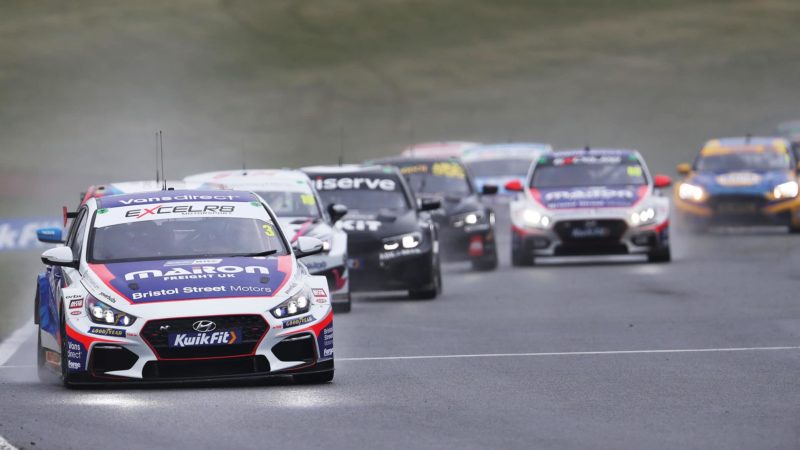
Excelr8’s Tom Ingram had a strong finish to the 2022 BTCC season – three wins out of four in the Hyundai i30
Jakob Ebrey
Instead, long-time BTCC ‘bridesmaid’ Tom Ingram commanded the Brands Hatch finale, converting pole position into victories in the first two races. He clinched his first title with a safe fifth in the tense third race. Ingram wasn’t the best at adapting to weight ballast changes across a weekend, so the switch to hybrid power boost played into his hands – but he and his Excelr8 team thoroughly deserved their success, racking up six wins across the season in a Hyundai i30. The BTCC remains phenomenally popular both trackside and on TV – as highlighted when the series’ live coverage was promoted from ITV4 to ITV1.
Full electrification remains an avenue motor sport must pursue. As we keep hearing in the wider automotive industry, there won’t be a single solution to our power source needs in the next couple of decades and in an urban setting full EV still makes sense. Which is why Formula E is still on the button, even though Audi and BMW pulled out at the end of 2021 and Mercedes has now withdrawn following a second successive title.
“Nyck de Vries has used Formula E to keep him in currency”
After Nyck de Vries became the first Formula E FIA world champion last year, Mercedes-EQ team-mate Stoffel Vandoorne succeeded him. De Vries has used the series to keep him in currency before landing his F1 chance with AlphaTauri in 2023, but for Vandoorne Formula E represents some form of redemption or validation after his McLaren F1 dream turned into a nightmare.
Traditionalists are hostile to Formula E, because of the sound, the amount of contact on the tight city street tracks and its penchant for gimmicks. But there is still plenty of manufacturer interest despite the withdrawals and it also provides a creditable avenue for top single-seater professionals to pursue. Plus the racing was better this year in the wake of a qualifying format overhaul which was simpler, more entertaining and much fairer.
The best drivers tended to qualify where they should on merit which, given the tight nature of most tracks, cut down on the need for desperate race tactics to rise up the order. Gen3 comes next, promising more power, amazing efficiency and (eventually when the bugs have been ironed out) fast-charging pitstops. If you’re among the many doubters, give it another chance.

Stoffel Vandoorne resurrected his career in Formula E.
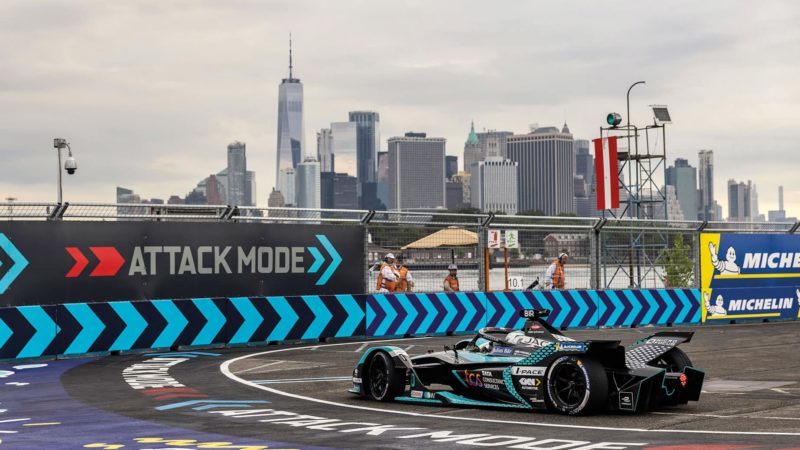
Major makers are still with Formula E – including Jaguar
Getty Images
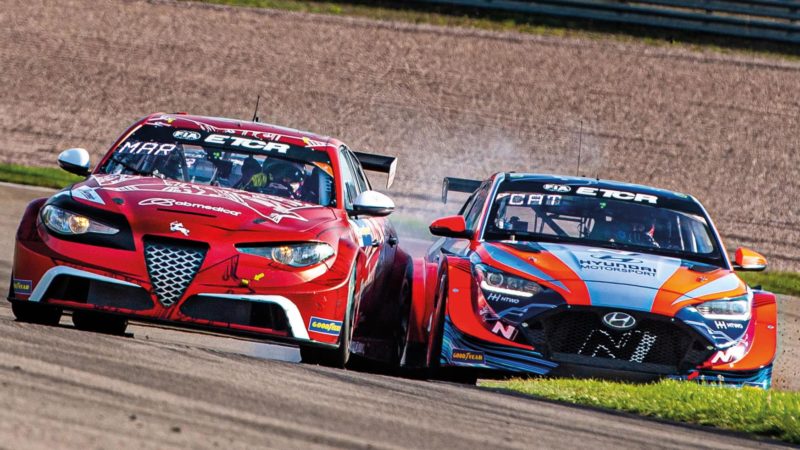
Pure ETCR has completed its second season
Michael Jurtin
Full electrification still makes most sense for short-form motor sport, given the limits of EV range, and this year the World Rallycross Championship took the plunge. The new-look series didn’t launch until the summer, but still packed in a full season of action as the brilliant Johan Kristoffersson claimed a fifth world title. The performance of the new cars kept it fresh and fully justified the decision for rallycross to spark up.
The junior single-seater scene in Europe had a so-so year. In Formula 2, Felipe Drugovich became the first Brazilian champion at this level since Bruno Junqueira conquered Formula 3000 22 years ago. Like de Vries and Oscar Piastri before him, it looks like Drugovich might need to be patient before he lands the F1 chance his success should have earned him, but at least American Logan Sergeant (fourth in F2 points) graduates to a Williams seat in 2023.
Frenchman Victor Martins prevailed in deeply competitive FIA Formula 3, but 2022 ended badly for the all-female W Series when contractually agreed funds failed to materialise. The initiative was forced to end its season early, scratching its races in Austin and Mexico City. Founder Catherine Bond Muir insists this is not the end of the W Series story and vows it will return, but history suggests young initiatives struggle to recover from such body-blows.
Britain’s Jamie Chadwick dominated the season and was already well on her way to a W Series hat-trick before the cancellation. But the fact she returned for a third season at all says much, because she hadn’t planned to. She had nothing more to prove and had earnt $1m in prize money from her first two titles, but it still wasn’t enough for her to finance her ambitions in FIA F3 and beyond – which is why she came back to dip again from a generous pot, in a series that admirably doesn’t call on its drivers to pay to race.
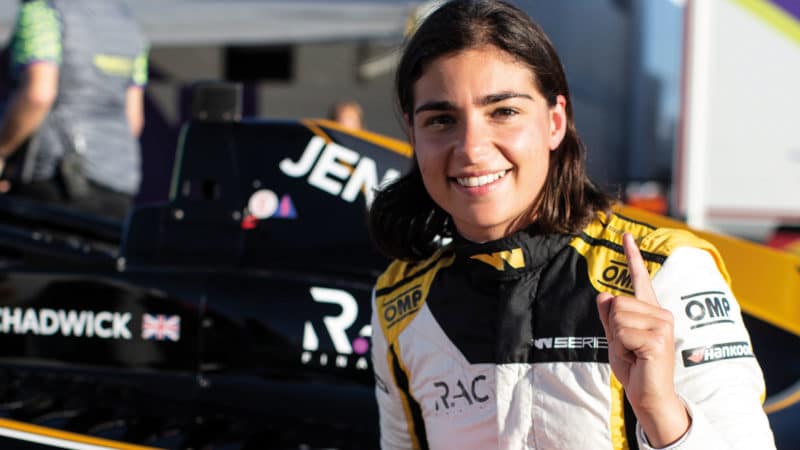
W Series champion Jamie Chadwick.
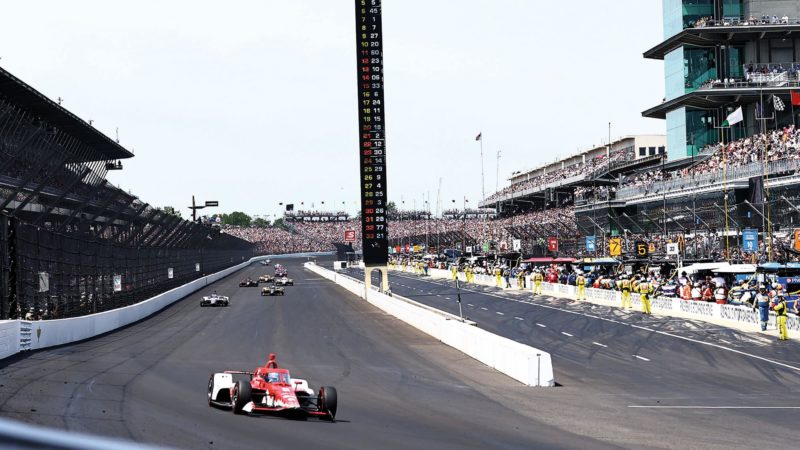
Marcus Ericsson leads the Indy 500
Getty Images
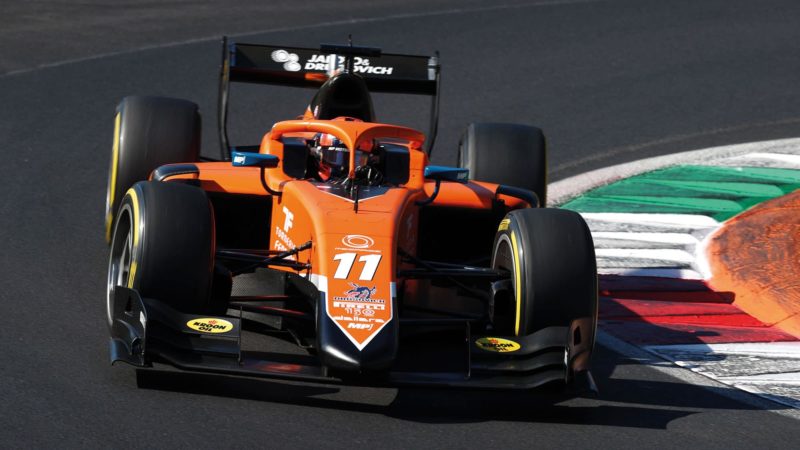
Formula 2 champion Felipe Drugovich
Getty Images
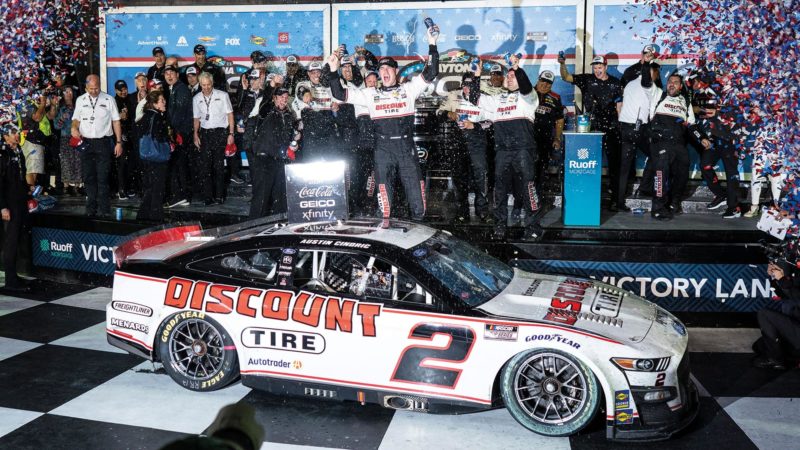
Austin Cindric, Daytona 500
Getty Images
It didn’t look good that something dedicated to furthering the careers of the underrepresented half of the human species failed so publicly, which is perhaps why F1 took quick and direct action by launching its own female-only F1 Academy for 2023. Pitched at a lower level as a feeder to W Series, F3 and F2, its announcement felt rushed but with the carrot of subsidised drives (partly by F1, partly by the as-yet unnamed F3 and F2 teams that will run the cars), its genesis should probably be considered a good thing.
Across the pond, IndyCar has delayed its move to hybrid technology by a year until 2024, yet under Roger Penske’s steely watch America’s premier single-seater series continued to thrive this year. A third engine manufacturer to join Chevrolet and Honda would be nice, while the single-make Dallara chassis formula is less than ideal, but as it stands IndyCar produces great motor racing.
The field stands in comparison with the golden years of the late-1980s and 1990s thanks to a fantastic mix of new-generation stars such as 2021 champion Alex Palou, Colton Herta and Pato O’Ward versus ‘old-timers’ such as Scott Dixon and Will Power. Perhaps surprisingly, 41-year-old Power upstaged the youngsters this year to claim his second IndyCar crown, eight years after his first, for Team Penske. But it was Chip Ganassi Racing’s year at the Indianapolis 500 as ex-F1 racer Marcus Ericsson fully justified his move west by drinking the milk.
Meanwhile, Palou embarrassed himself by triggering a mid-season tug of love over his services for 2023. He wanted to join McLaren SP, but Ganassi moved to keep its Spanish ace – and then after dominating the final round at Laguna Seca, Palou and his current team kissed and made up. Meanwhile, Herta eyed a switch to F1 through Red Bull and AlphaTauri, only for the FIA’s ridiculous superlicence rules to scupper what would have been good news all round. That drama played out in the ongoing midst of Michael Andretti, Herta’s current boss, struggling to find a way into F1 team ownership because of self-interest on behalf of grand prix racing’s ‘cartel’. Short-sighted self-interest prevailed, then. What’s new?
“No more Ford vs Holden? That’s massive for Aussie motor sport”
Roger Penske’s power and influence over US motor sport was only enhanced by his team’s successes in NASCAR. First, rookie Austin Cindric won the Daytona 500, then at the other end of the season Joey Logano echoed Power’s IndyCar achievement by claiming his second NASCAR Cup crown. That made Penske the first team in history to win both the premier IndyCar and NASCAR titles in the same season.
Down under, Australian Supercars bid farewell to Holden, which General Motors has chosen to discontinue. Let’s pause a moment here. No more Ford vs Holden? That’s massive for Aussie motor sport. At least Kiwi Shane van Gisbergen gave the name a perfect send-off by clinching his third Supercars crown.
Back in Europe, the DTM continued to be not really the DTM by running to GT3 rules; Stéphane Ratel kept up his lifetime dedication to maintaining the health of GT racing, both in sprint and endurance form; and Alejandro Agag dispatched his ex-postal service ship, the St Helena, to carry his Extreme E electric off-road circus to remote destinations. Has the novelty worn off? Not for the likes of Lewis Hamilton, Nico Rosberg and Jenson Button, who continue their association.
This time, Hamilton got one over his old nemesis Rosberg when that man Loeb and Cristina Gutiérrez clinched the podium their X44 team needed to take the title in the Uruguay season finale. In 2023, the series will race in Scotland – allegedly, given the chopping and changing of venues over the first two years. To be fair, launching and succeeding to run such a logistically demanding initiative in the middle of a pandemic was always going to require flexibility. Only Agag would attempt it, and pull it off. It’s amazing the series exists at all – much like so many of the wonders of modern motor sport around the world. Let’s enjoy it all while we can.
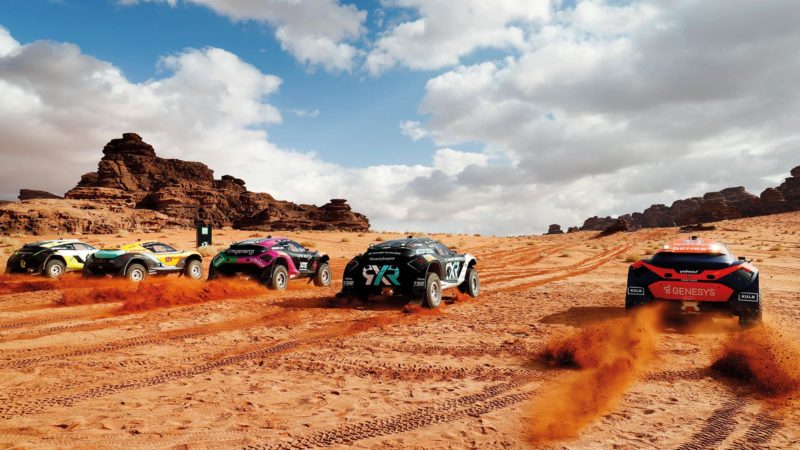
Lewis Hamilton had no wins in F1 but his Extreme E team fared better
Extreme E
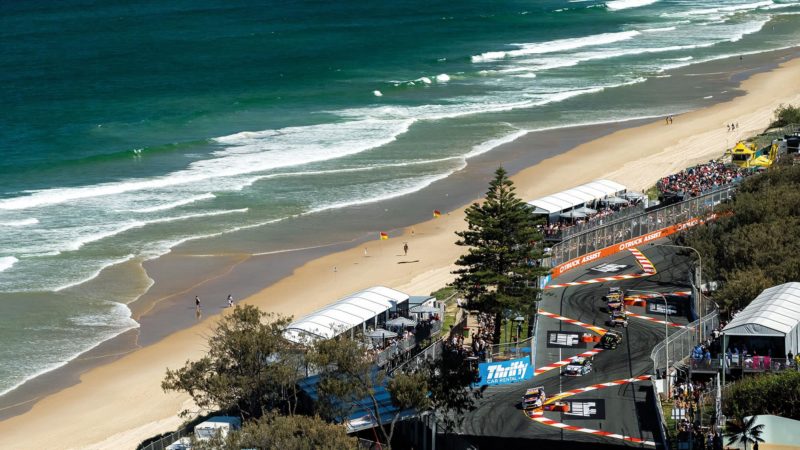
a last hurrah for Holden in Supercars.
Getty Images

The 911 GT3 R of Thomas Preining leads the DTM pack at Norisring
Getty Images
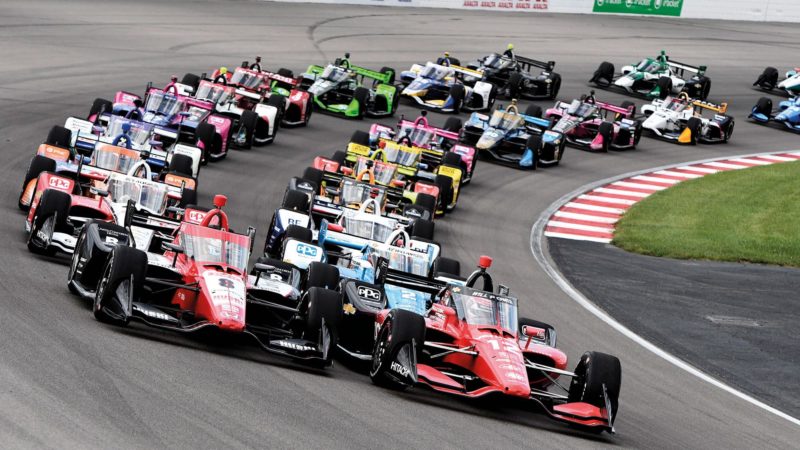
IndyCar heads to Iowa this weekend for more oval action
Getty Images
Roll call of 2022 champions
Across the racing series it was a good year for…
—
WORLD ENDURANCE CHAMPIONSHIP
Sébastien Buemi/Brendon Hartley/Ryo Hirakawa (Toyota Gazoo Racing)
IMSA SPORTSCAR CHAMPIONSHIP
Oliver Jarvis/Tom Blomqvist (Meyer Shank Racing)
WORLD RALLY CHAMPIONSHIP
Kalle Rovanperä (Toyota Gazoo Racing)
FORMULA E
Stoffel Vandoorne (Mercedes-EQ)
INDYCAR
Will Power (Team Penske)
NASCAR CUP
Joey Logano (Team Penske)
WORLD TOURING CAR CUP
Mikel Azcona (BRC Hyundai N Squadra Corse)
BRITISH TOURING CAR CHAMPIONSHIP
Tom Ingram (Excelr8)
AUSTRALIAN SUPERCARS
Shane van Gisbergen (Triple Eight)
FORMULA 2
Felipe Drugovich (MP Motorsport)
FORMULA 3
Victor Martins (ART Grand Prix)
W SERIES
Jamie Chadwick (Jenner Racing)
WORLD RALLYCROSS CHAMPIONSHIP
Johan Kristoffersson (Volkswagen)
EXTREME E
Sébastien Loeb/Cristina Gutiérrez (Team X44)
